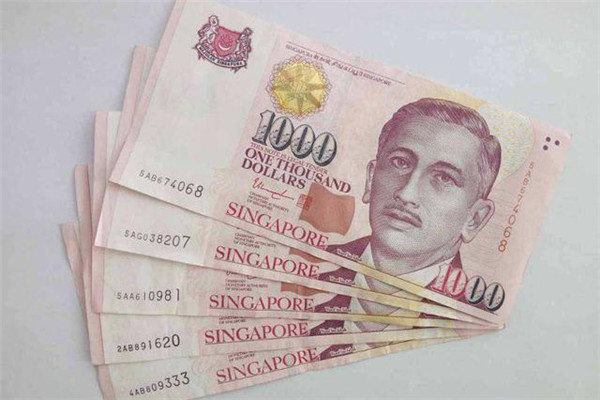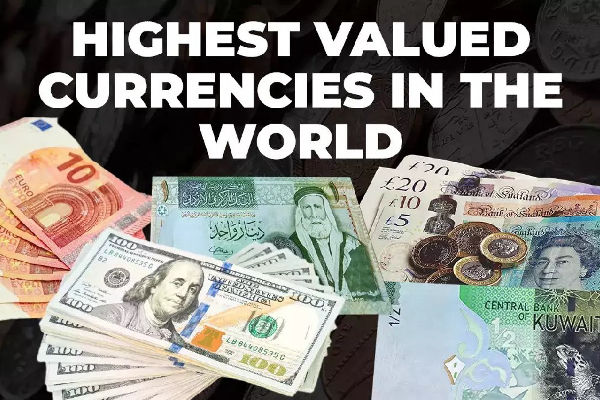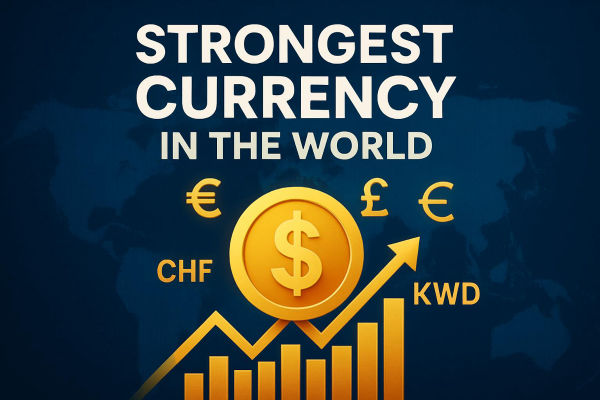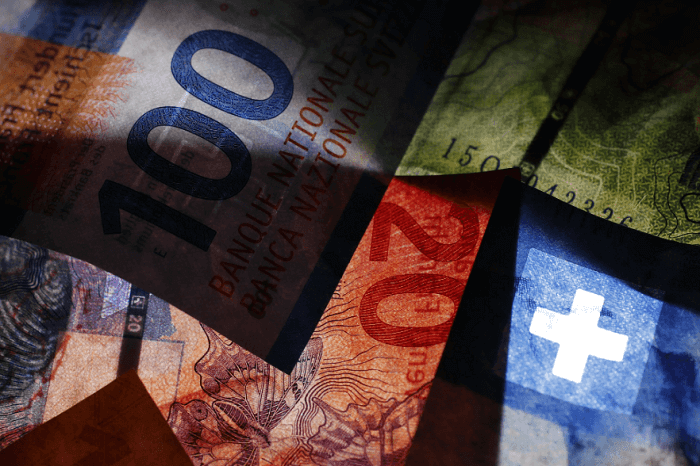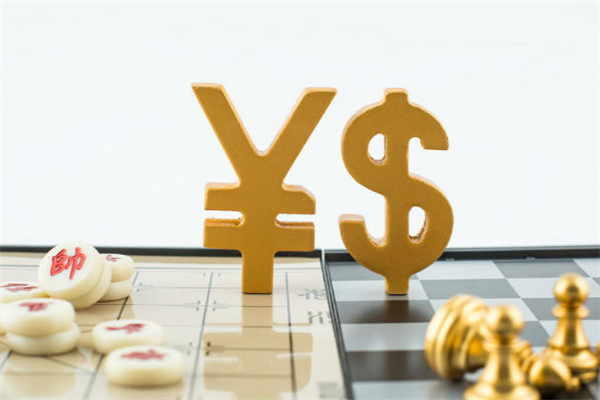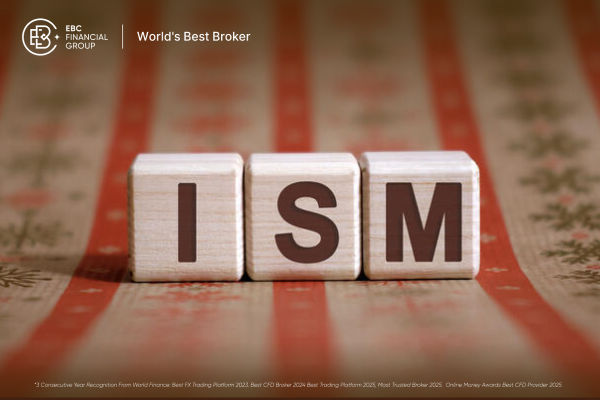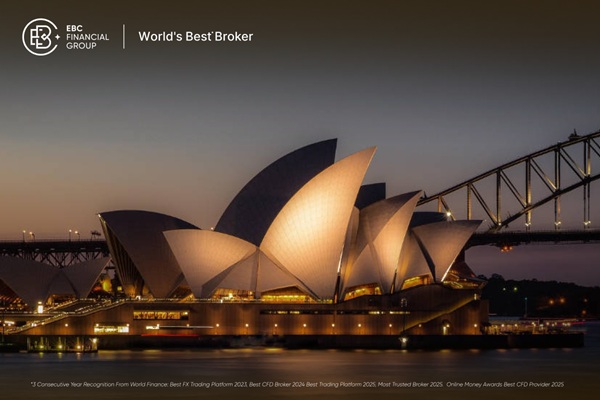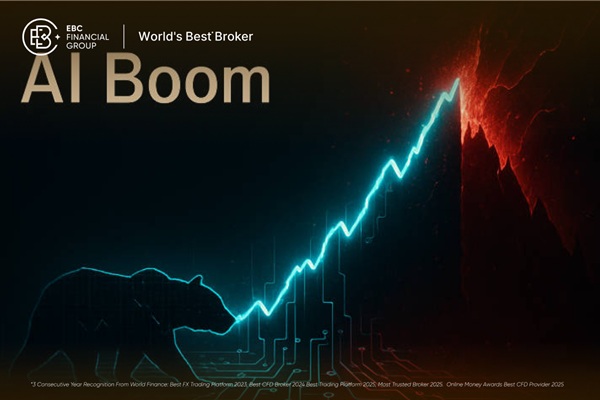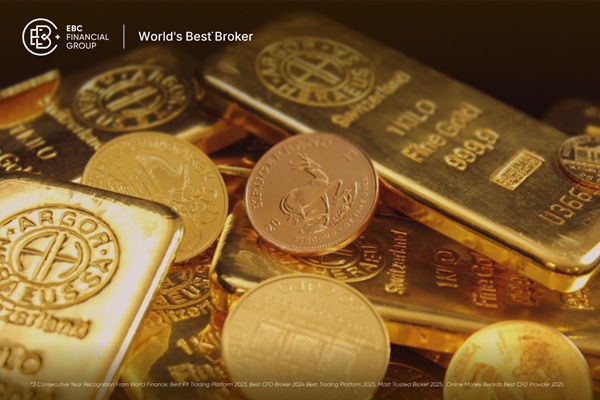The Singapore dollar generally refers to the Singapore Dollar, abbreviated as SGD, is the fundamental element of Singapore's legal tender, denoted by S $.
One yuan can be divided into 10 cents (also known as "gross") or one hundred cents (percent). The original ancient name of the Singapore dollar was "lat" because in Malay, "selat" means the strait. The Singapore dollar is not only the legal tender of Singapore, but also circulating in Brunei. The above is the relevant content about which country's currency the Singapore dollar is.
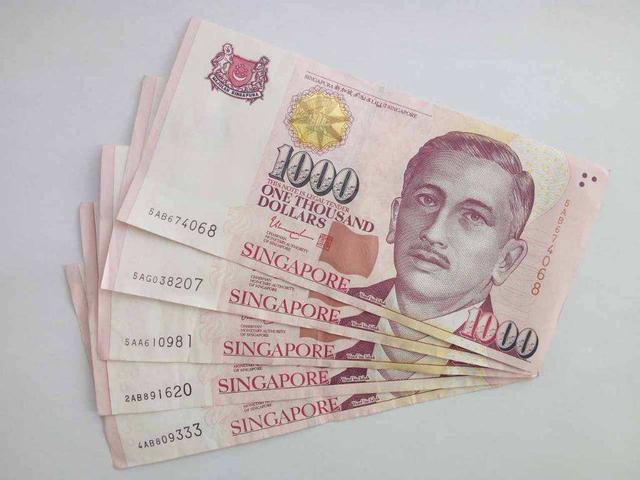
The new Singapore dollar banknote has a large number of product anti-counterfeiting functions, the most obvious of which is that there are two fully transparent dialogs at the top left and bottom right of the front face of the banknote. The upper left channel has the design of the national emblem pattern, and the lower right dialog box has several embossed pattern designs with data "2". The new banknotes have also added anti-counterfeiting threads designed based on the topographic map of the island of Singapore. From 1967 to 2017, four sets of banknotes had already been released. The first set was designed with the key pattern of Singapore's national flower "Hu Ji Hua", the second set was designed with various birds as the key pattern, and the third set was designed with ships as the key pattern. In 1999, Singapore released a new version of banknotes that were also in circulation, with the portrait of the first US President Yusuf as the key figure on the banknotes. It is also known as the "Portrait Series" due to its image of Singapore's first US President Yusuf Isa.
The issuance of Singapore dollars is handled by the Monetary Authority of Singapore (MAS), and the minting and printing of Singapore dollars are completed by the Singapore Mint. The exchange rate of the Singapore dollar is influenced by various factors, including international trade, economic policies, political environment, market demand, etc.
【 EBC Platform Risk Reminder and Disclaimer 】: There are risks in the market, and investment needs to be cautious. This article does not constitute investment advice.
